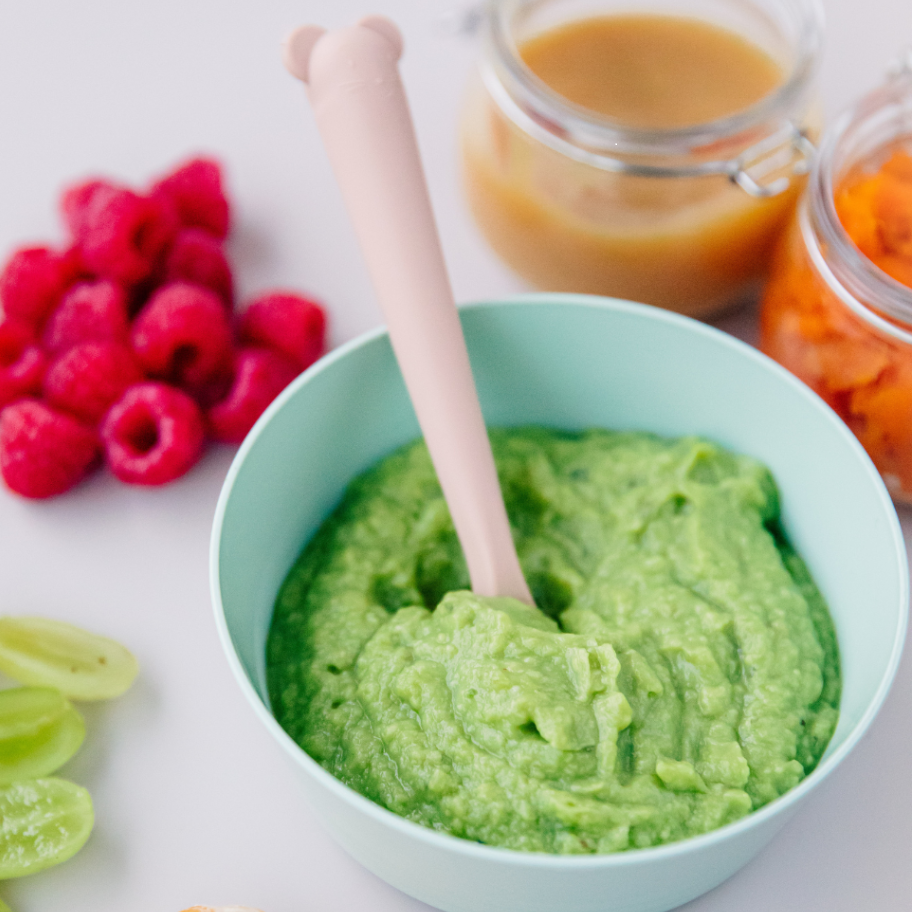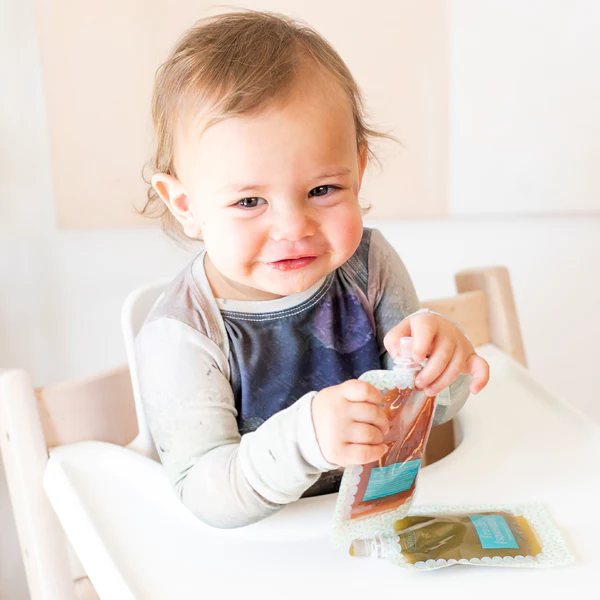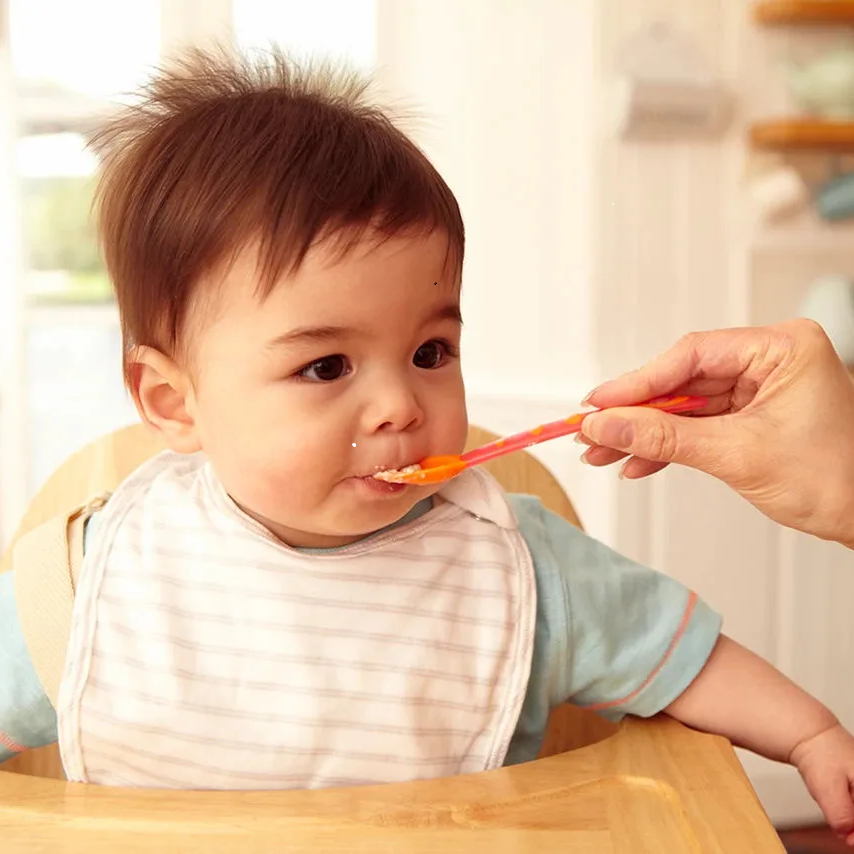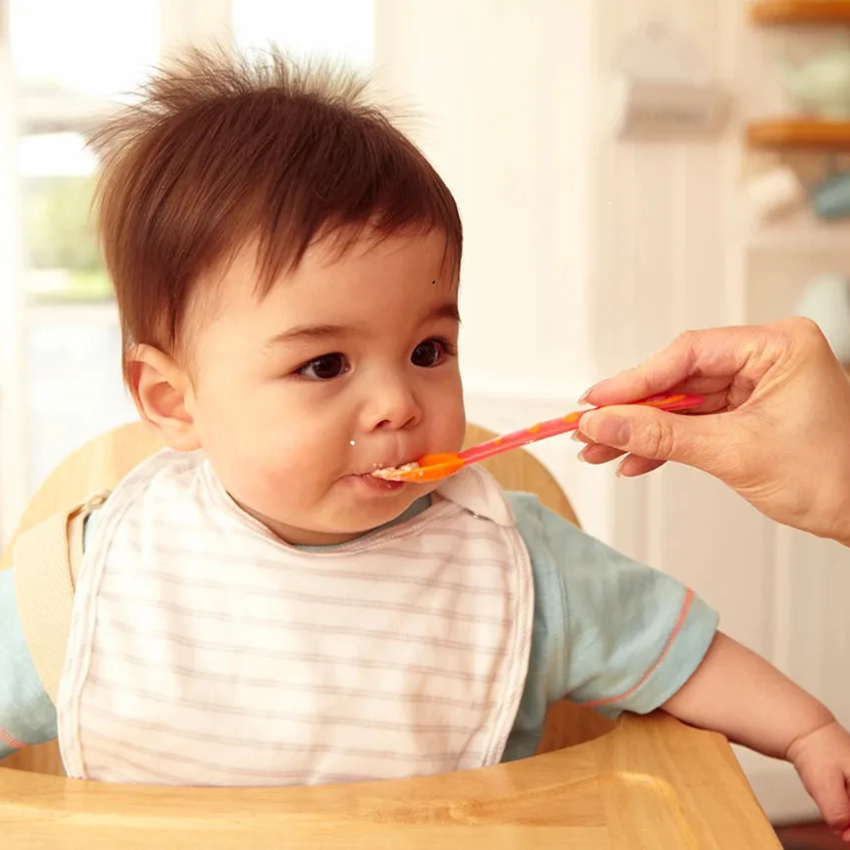Making your own baby food is not only a cost-effective solution but also ensures that your little one is getting the best quality and nutrition possible. In this guide, we will explore how to make your own baby food using fresh, organic ingredients and simple techniques. We’ll break it down into several key steps and considerations, ensuring that you feel confident in embarking on this rewarding venture.
Understanding the Benefits of Homemade Baby Food
Before diving into how to make your own baby food, it’s essential to understand the myriad benefits that come along with it.
- Nutritional Control: By preparing baby food at home, you have complete control over what goes into your child’s meals. This means you can select organic and non-GMO ingredients, avoid preservatives, and tailor the nutritional content to your baby’s specific needs.
- Cost-Effectiveness: Store-bought baby foods can be surprisingly expensive, especially if you prefer organic options. In contrast, making your own baby food can significantly reduce costs, as you can purchase bulk ingredients and create larger batches that last longer.
- Variety and Flavor: Homemade baby food allows you to experiment with flavors and textures. You can introduce a wide range of fruits, vegetables, and grains, providing your baby with a diverse palate and reducing the risk of food aversions later on.
- Easy Preparation: While some may think that making your own baby food is time-consuming, it can actually be quite the opposite. With a few simple tools and efficient planning, you can whip up nutritious meals in no time.
Essential Tools for Making Your Own Baby Food

To start your journey in how to make your own baby food, you’ll need a few essential tools. These items will make the process easier, more efficient, and ultimately more enjoyable.
- Blender or Food Processor: A powerful blender or food processor is crucial for achieving the right consistency. Depending on your baby’s age, you’ll want to create smooth purees or chunkier textures for older infants.
- Steamer: Using a steamer allows you to cook vegetables gently, preserving their nutrients and making them easier to puree.
- Ice Cube Trays: Once your baby food is prepared, divvying it up into ice cube trays is an excellent storage solution. Each cubed portion can serve as an individual meal, easily thawed as needed.
- Storage Containers: Invest in BPA-free storage containers that are safe for the freezer. This will ensure that your homemade baby food stays fresh and free from harmful chemicals.
- Sieve or Pastry Bag: For a smoother consistency, you may want to use a sieve or even a pastry bag to strain purees, though this step is often optional.
Choosing Ingredients for Your Baby Food
When considering how to make your own baby food, the choice of ingredients is fundamental. Opt for fresh, seasonal produce and new ingredients that align with your baby’s developmental stage and dietary restrictions.
- Fruits: Bananas, avocados, apples, and pears are excellent first fruits. They are soft, easily digestible, and provide essential vitamins.
- Vegetables: Sweet potatoes, carrots, peas, and squash are nutrient-dense options. These vegetables can be cooked and pureed to the desired consistency.
- Grains: Incorporating whole grains like brown rice or oats can enhance the nutritional value of your baby’s diet. They can be cooked and added to purees or served separately.
- Proteins: As your baby grows, consider introducing protein sources such as lentils, beans, or finely minced meats. Always ensure they are well-cooked and pureed to a safe texture.
Step-by-Step Guide to Making Baby Food
Once you have gathered your ingredients and tools, it’s time to delve into how to make your own baby food through a step-by-step approach.
- Preparation: Start by washing and peeling your fruits and vegetables as necessary. Ensure everything is clean to maintain hygiene.
- Cooking: Depending on the ingredients, you may choose to steam, boil, or roast them. Steaming tends to preserve more nutrients, which is particularly beneficial for your baby’s growth and development. For instance, steam carrots until soft, then let them cool.
- Pureeing: Using your blender or food processor, puree the cooked ingredients until you reach the desired consistency. You may add water, breast milk, or formula to thin it out if needed.
- Portioning: Once pureed, transfer the mixture into ice cube trays, filling each compartment evenly. Cover with a lid or plastic wrap before freezing.
- Storage: After the food is frozen solid, pop out the cubes and store them in labeled containers or zip-lock bags. This will help you keep track of what you have made and when it should be used.
- Feeding: When it’s time for a meal, simply take out a portion, thaw it in the fridge overnight or warm it gently, and serve it to your baby. Remember to test the temperature to ensure it’s safe!
Introducing New Flavors and Textures

As your baby grows and adapts to eating homemade food, learning how to make your own baby food will allow you to introduce new flavors and textures progressively.
- Texture Progression: Start with smooth purees and gradually introduce chunkier textures as your baby becomes comfortable with eating. This helps them develop their chewing skills and prepare them for family meals.
- Combining Flavors: Once your baby has tried individual flavors, consider combining fruits and vegetables to create more complex tastes. For example, mixing sweet potatoes with apples can create a naturally sweet and nutritious meal.
- Introducing Spices: As your child develops their palate, you can gradually introduce mild spices like cinnamon or nutmeg in the fruit purees. Be cautious and introduce one new flavor at a time to monitor for any allergic reactions.
- Involving Your Baby: As they grow, let your little one explore by offering soft pieces of food they can grasp, promoting self-feeding and discovery.
By exploring how to make your own baby food, you’re embarking on a journey of health and nutrition for your family. From selecting fresh ingredients to experimenting with flavors, the process can be both enjoyable and educational. So, roll up your sleeves, channel your inner chef, and create nourishing meals that your baby will love!
Safety Considerations

When diving into the world of homemade baby food, it’s integral to be aware of safety considerations. Always ensure that your kitchen and utensils are clean to avoid any risk of contamination. Be mindful of food allergies by adhering to the one-new-food-at-a-time rule mentioned earlier. As you prepare your baby’s meals, avoid adding salt, sugar, or other seasonings, as babies’ developing kidneys and taste buds do not require these additions. Additionally, be cautious with certain foods that pose choking hazards, such as whole nuts or raw carrots. Adhering to these safety measures will ensure that your adventure in how to make your own baby food is both enjoyable and secure for your little one.
Embracing the Homemade Journey
In conclusion, learning how to make your own baby food is an invaluable skill that can have lasting benefits for your child’s health and wellness. By preparing meals at home, you cultivate a sense of pride in providing your baby with wholesome, delicious food tailored to their unique tastes and nutritional needs. While the process may seem daunting at first, it becomes easier with practice, encouragement, and experimentation. It’s an opportunity to bond with your child, teaching them about food and nutrition while creating treasured memories. So, roll up your sleeves and embrace this journey of homemade baby food—your baby will thank you for it!
